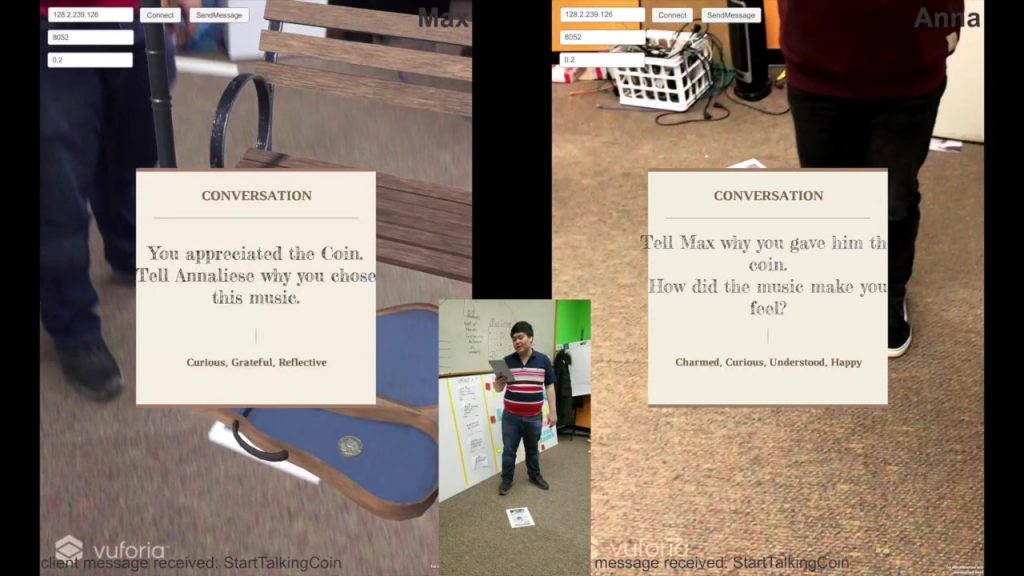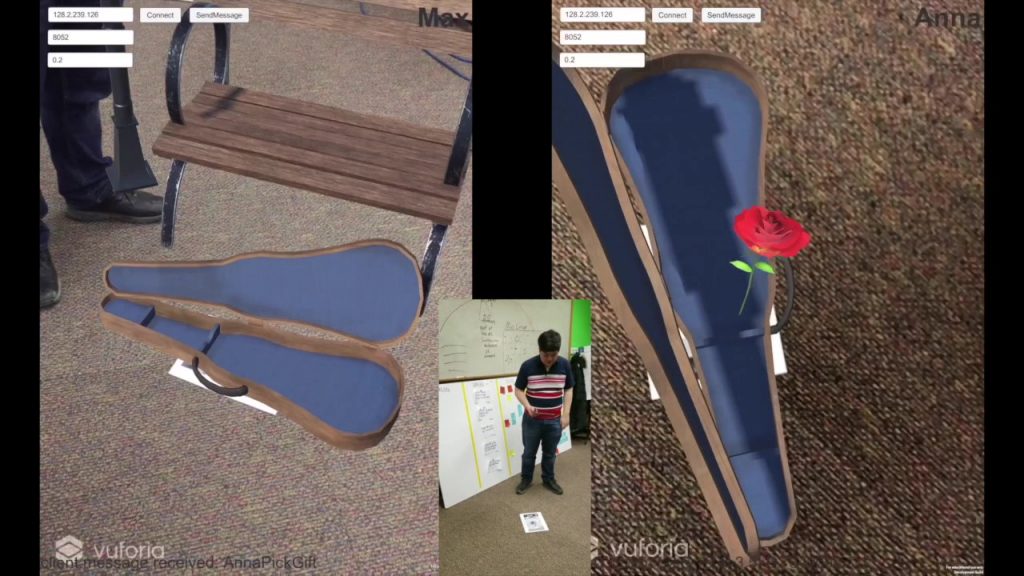
For Week 5, our biggest goal was creating the first chapter that includes both game logic and art assets implemented in the game that we can fully show off to our client, Jessica Hammer.
- Deliver the first production sprint to showcase a interaction between the two characters, Max and Annaliese in Rosenstrasse.
For the initial first weeks, our programmer was busy with the golden spike and making sure that networking was up and running. We predicted that this would be the most difficult obstacle to overcome therefore we decided to start with this first so that we can focus the rest of the project semester on reiterating on the narrative aspect of the game.
Now that that is all well and done we can now focus on the game itself and implementing chapters of the game.
Each member of our team was busy with delivering their pipeline
Ryan – Programming all the logic in the game and debugging
Derek – Reiterating on how we can improve the game design goals and start design on future chapters.
Minz – Working on creating original AR markers and implementing UI.
Chelsea – Creating environmental assets and picking music selection.
Sally – Creating interact-able assets in the scene and improving story arcs.

At the end of the week we showed off our build to both Jessica and Erica and received helpful feedback on which story arcs she felt was most important in order to create a complete experience. To summarize what we learned was that we should
- Think broadly about what each player is doing at every moment and make sure there are no gaps between actions.
- Incorporate the map more in the gameplay.
- Start on the next two chapters and complete an arc.
- Experiment on more interactions we could use.
We also squeezed in a meeting with faculty professor, Dave Culyba for more game design perspective on how to improve the player interaction in the game. After experiencing our first build he gave us a lot of design goals to reflect on and things to consider as we are building our future builds.
- Constantly update our Design Pillars to reflect our game as it changes as we learn what we can or can’t achieve.
- Think more about why we are making the player do anything.
- Consider the emotional goal of the game and reflect choices on those emotions.
Overall we learned a lot from not just our meetings but from the build itself on what works and what doesn’t and we’ll use this to have a solid prototype by halves in two weeks.
